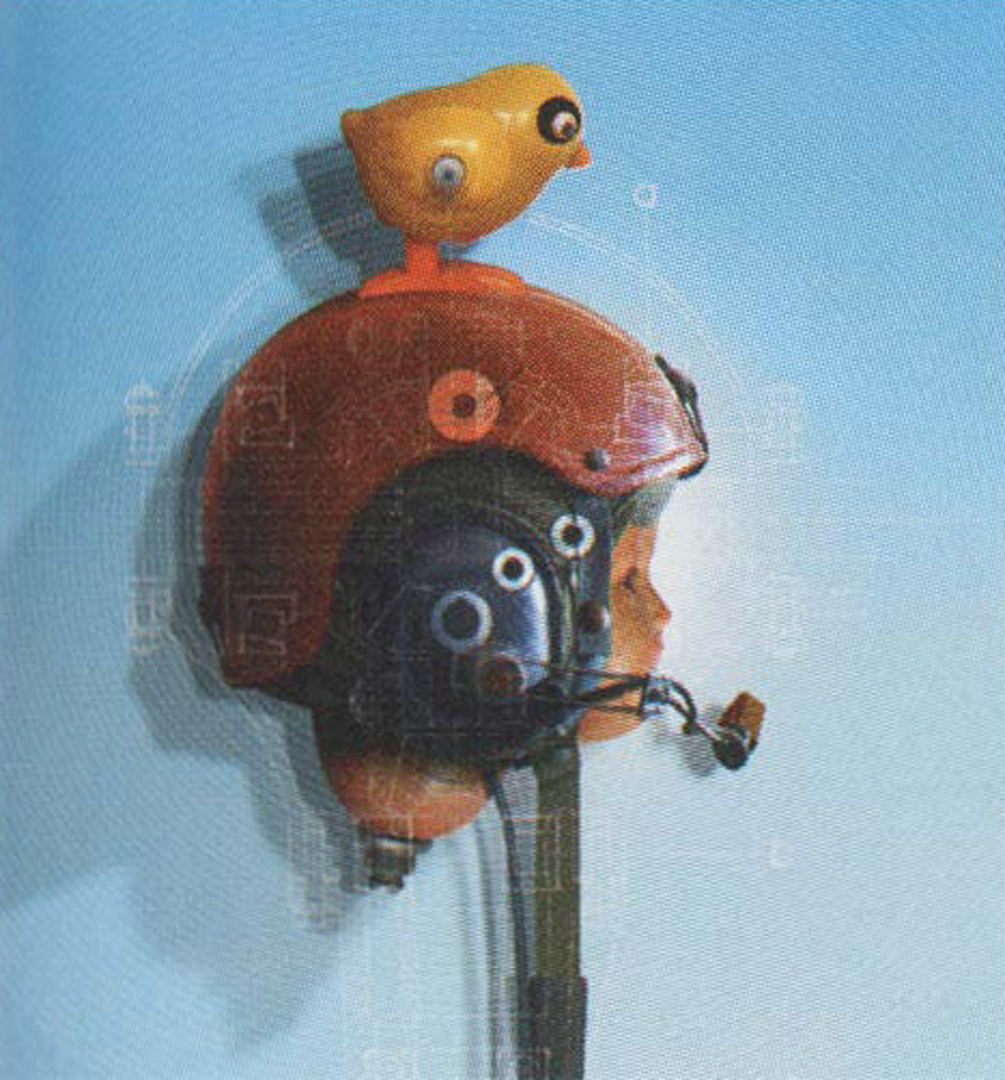Viktor Koen: Dark Peculiar Toy No. 03
Artist(s):
Title:
- Dark Peculiar Toy No. 03
Exhibition:
Medium:
- 2D imaging
Size:
- 13" x 13"
Category:
Artist Statement:
Dark Peculiar Toys is an assembly experiment in which philosophies of what a toy is and is supposed to do differ and collide. These collisions deface, break, or de-construct the toys into piles of raw materials waiting to be re-constructed in alternative ways, without instructions or any memory of their origins and function, and with no consideration of the original creator’s intentions. Curiously, they break down not only to their essential parts, but also to details of character and spirit (if they ever possessed any). They only retain colors, shapes, and the scars inflicted by their previous owners – scars that separate them from their assembly-line identical multiples and make them one of a kind.
These tragic action figures are stuck between their new condition and the reality of their past. They link older and contemporary prototypes of heroism or role playing by combining traditional symbols in unorthodox ways. Their appeal lies solely in the tendency children (of any age) have to cannibalize existing objects in order to fuse their own. These creations are at odds with their carefully planned origins, and they break gender and age molds by defying experts on children, focus groups, and sales projections. The newly assembled toys, though somewhat dramatic and traumatic due to their darkness, evoke our emotions and form a connection with us, by taking a place in our personal memories. Not in a “lost childhood blah, blah, blah” way, but as images that communicate nostalgia and joy, or the nostalgia of joy.
These emotions also dominated the process of putting them together. I photographed toys and objects that I’ve collected through the years and my travels, some of them part of my personal childhood, and then mixed and matched them for hours. While this was a different form of play, the magic was the same.
Technical Information:
The digital, on-screen process of creating the images follows loose pencil studies that determine concepts and compositions or hours of mixing and matching parts and objects. Adobe Photoshop 6.0 was used to connect and manipulate old and new sources into seamless visuals. Only the basic set of software filters and effects was utilized on the multi-layered files, some colored artificially and others retaining their original colors. Most shadowing was done from scratch in order to control the lighting (since the different parts were photographed under equally different light conditions, indoors and outdoors) and enhance three dimensionality (no 3D software is used at any point in the process).
The computer allows for transparent-layered results and incorporates photographic material (essential to creation of surreal, yet momentarily believable images). Digital photography has proven to be an invaluable asset by allowing easy capture of objects and textures for the compositions. The main advantage of working digitally is the freedom to constantly change and adjust any aspect of image making. The ability to combine different sources (digital or not) on one platform pushes the process in expressive and experimental directions.





